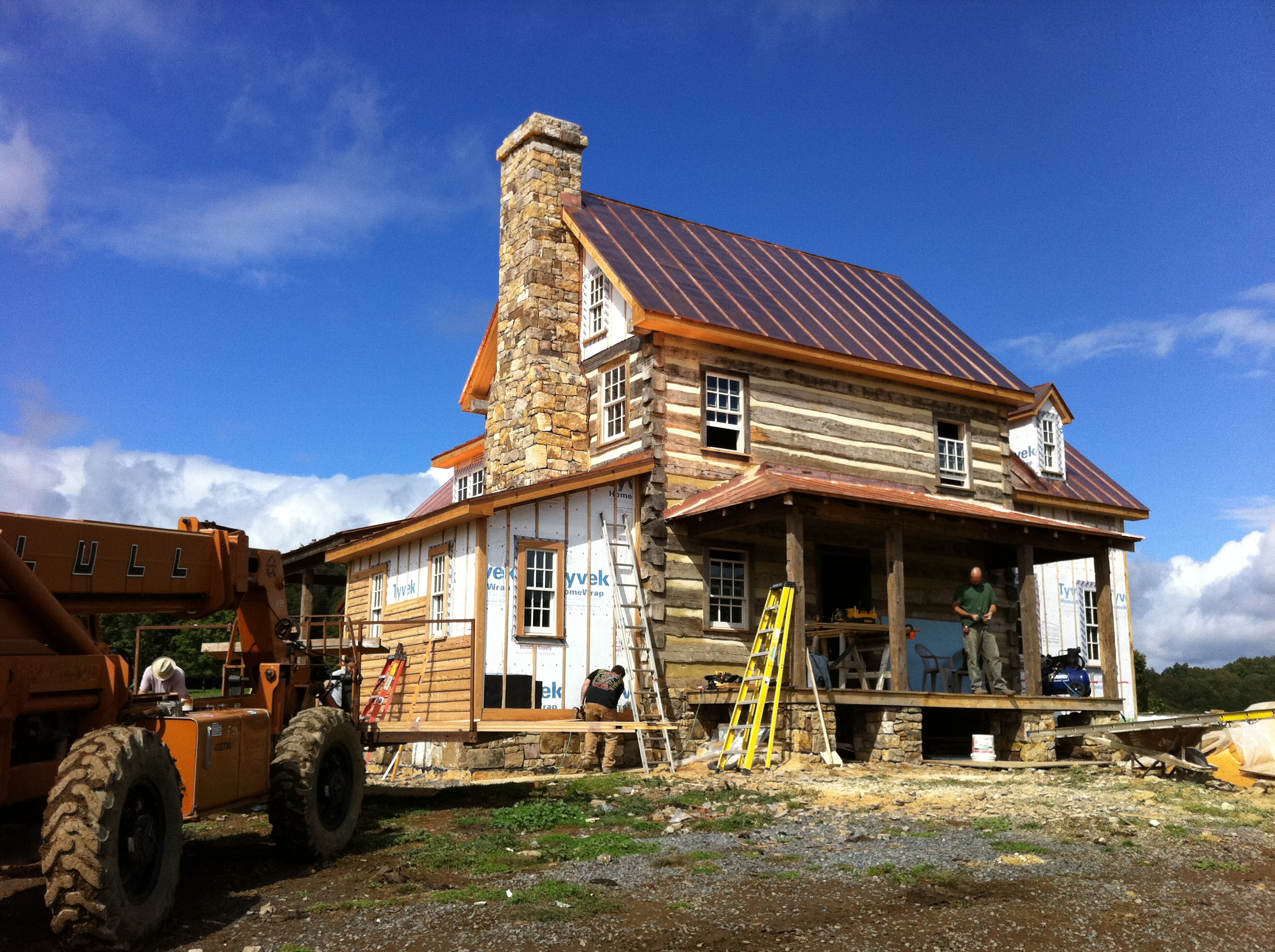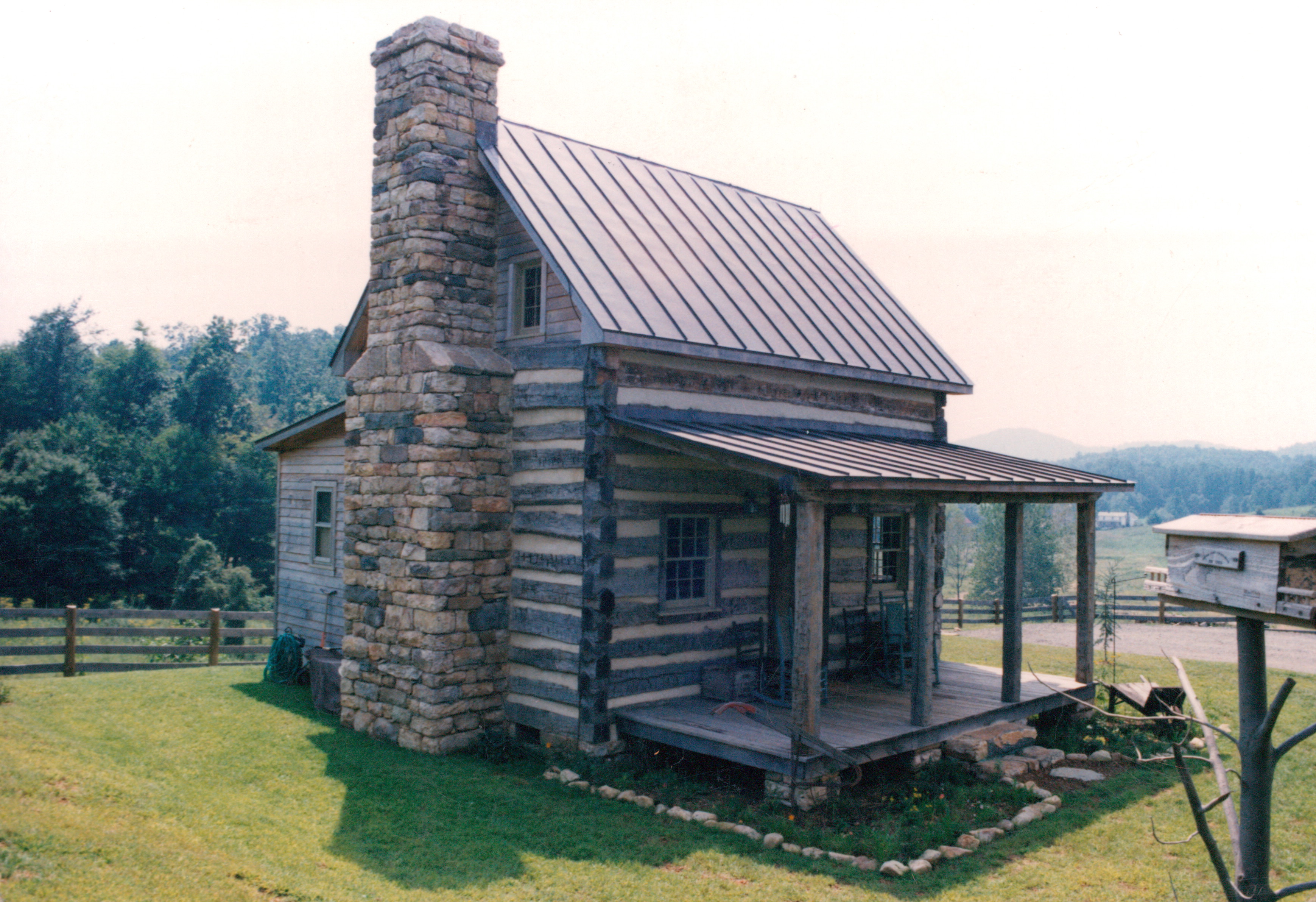Log Home apprenticeship opportunity
Noah Bradley2019-06-29T10:28:42+00:00Originally posted 2016-04-30 16:08:54.
Half way there
Noah Bradley2019-06-29T10:28:36+00:00Originally posted 2016-04-27 15:36:51.
A porch in Winter
Noah Bradley2019-06-29T10:28:24+00:00It seems that whenever we have built a cabin that we have always been in a race against the weather… hoping to get a cabin “closed in” before Winter’s arrival.
Our goal would always be to be able to enjoy finishing the interior work with the nearby comfort of a good fire in the fireplace.
Quite often though Winter would win, as it did on this cabin project… the first snow fell too quickly.
Oh well, it still beat working in the city.
And, the porch was still inviting, though plenty cold.
Originally posted 2016-04-06 17:23:12.
The perfect small log cabin
Noah Bradley2019-06-29T10:28:18+00:00I was once challenged to design and build a log cabin, of the highest quality, and as small as possible… without being ridiculous.
And this… is what I built.
(I’m giving away the blueprints for this cabin to everyone who enrolls in the Handmade House Guild and Academy)
Go HERE to learn more!
Originally posted 2016-03-26 17:29:00.
Chinking… from then, to now
Noah Bradley2019-06-29T10:28:12+00:00Here is an example of primitive chinking.
In the early days of this country chinking, or “daubing”, would have had to be frequently repaired or replaced.
When lime became available chinking would become more durable and pleasing to the eye.
Later, cement would prove to be the best material… low cost, attractive, effective, and long lasting.
And then, man invented an expensive, synthetic, toxic, petroleum-derived product that was designed to look like cement as much as possible. This manufactured goo is messy to install and clean up after, and it’s durability is unproven (plastic products don’t have the best record of holding up under direct sunlight) But people buy it… why? 1) there are salesmen and businesses that promote it (for profit) 2) there are brochures touting the benefits of it (whose going to produce a brochure or sales team for cement chinking?) and 3) it’s human nature to assume that the latest product… the most expensive choice… is the best choice.
Originally posted 2016-03-20 15:23:18.











